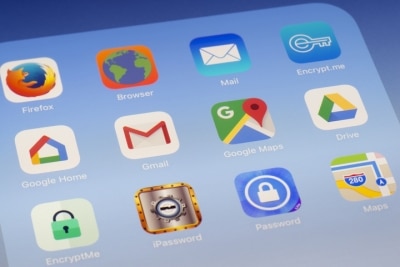Article
Anatomy of an Excellent Email Marketing Lifecycle: Sephora
June 19, 2019
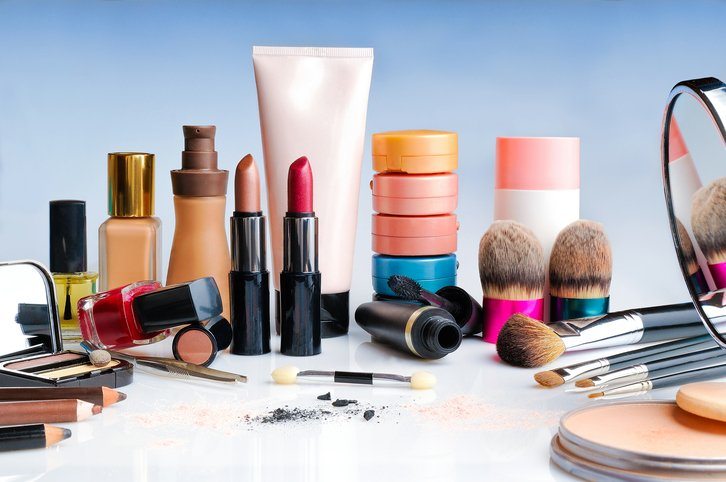
The most consistently lucrative marketing channel, email is stronger than ever, especially as old school practices, such as batch-and-blast, increasingly fade away. Today’s technology enables marketers to transition to a more personalized lifecycle-centric email marketing program. We’re thinking a lot about that now that our third annual Retail Personalization Index is officially out. Once again, Sephora was the winner, a victory due, in part, to the beauty giant’s strong email strategy.
Here’s a look at Sephora’s email marketing, breaking down six different messages throughout the customer lifecycle.
Welcome: 5 Reasons You’ll Love Sephora
You can see how Sephora’s welcome email paves the way for future personalization. With nothing but the most basic information, like name and location, Sephora naturally pulls out all the stops in capitalizing on this new subscriber’s interest in the brand. Personalized welcome emails have extraordinarily high open rates, about 86% higher than other marketing emails.
The beauty giant lists some benefits of shopping on Sephora.com and the Beauty Insider loyalty program. And then for good measure, there are some product recommendations at the bottom: best-sellers, a great way to convert new customers.

Cart Abandonment: Hurry, Or You Might Miss Out!
If someone adds something to their cart, they’ve given you one really important piece of information: They’re interested. Maybe they’re on the fence or perhaps they just didn’t have their credit card handy. Either way, a strong personalized email can nurture a sale.
In this case, Sephora shows pictures of the abandoned items to jog the customer’s memory, while using language that stresses urgency without being too pushy. To make the purchase as painless as possible, Sephora also deep links to her cart… and adds a few personalized recommendations for good measure.
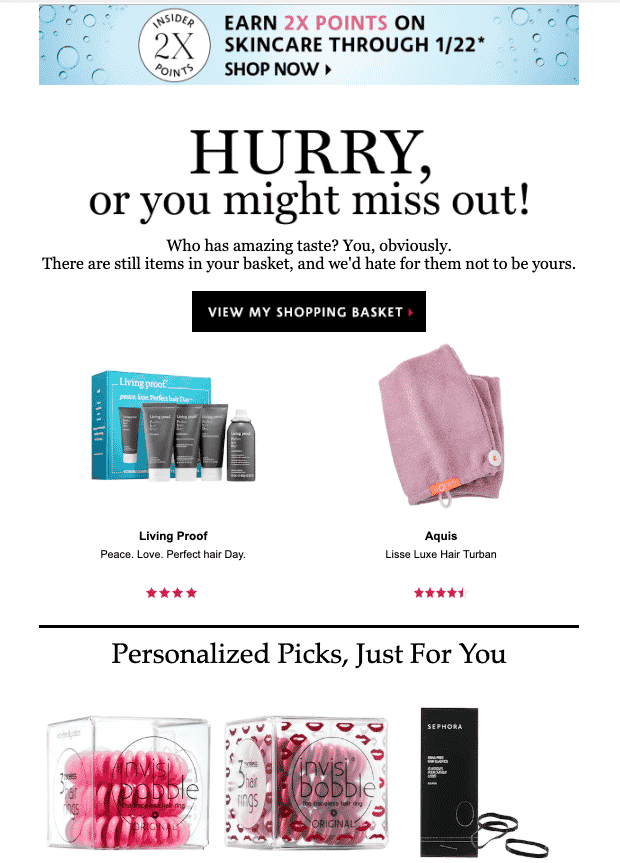
Post-Purchase: Restock Your Stash
Someone made a purchase? Great! But your job isn’t done yet. Now it’s time to engage that customer and turn them into a loyalist. Any brand can (and should) use post-purchase messaging to say thanks, highlight their loyalty program or incentivize the next purchase if need be.
For a brand like Sephora, which deals in consumables, replenishment triggers are a perfect addition to these streams. The brand knows the shelf life of this charcoal mask and this strategically-timed trigger serves as a perfect reminder to restock. And of course, there are some personalized recommendations included for good measure. Again. Notice a pattern?
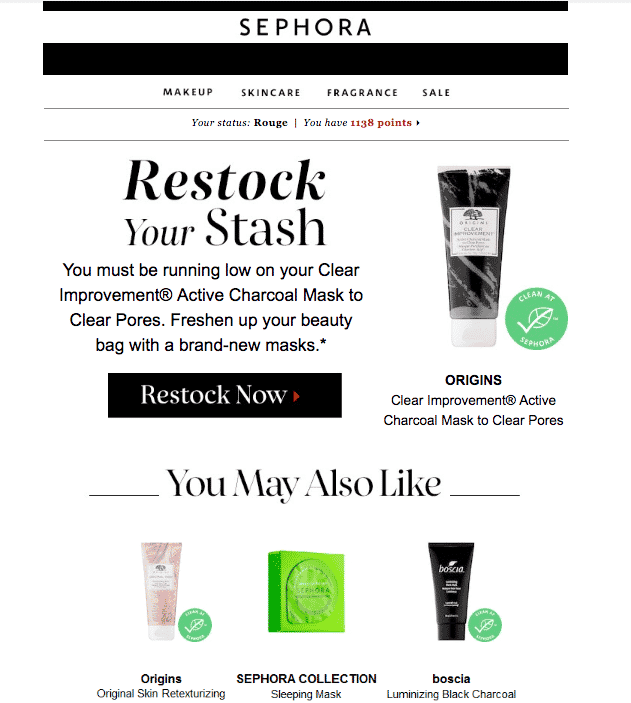
Re-engagement: Where’ve You Been?
Email Monks estimates that email lists degrade by 25% each year. With a solid re-engagement strategy, you can win those customers back, reminding them what they’ve been missing.
Sephora sent this email during the holidays and enticed the customer back with a time-bound discount. It’s not clear why this customer lapsed, but it’s probably not because Sephora sent too many emails. One way to curb opt outs is with a preference center, which the beauty brand offers shoppers, allowing them to determine the frequency and content of their emails.
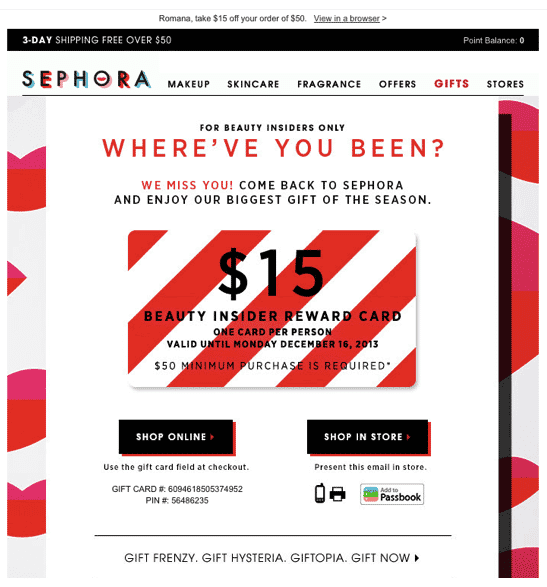
Proactive Triggers: Beauty Insider Rewards Bazaar
The most common triggered messages serve as direct responses to customers’ behaviors. They’re reactive by nature, but marketers can stay one step ahead with proactive triggers. Think birthday and back-in-stock emails, or those related to loyalty programs.
This customer has more than enough Beauty Insider points to get a full-face makeover. It’s a brilliant strategy for getting her into a store, where she will likely learn about new products at the hands of a helpful Beauty Advisor. Who will scan every product used in the makeover, creating a log to send the customer later.
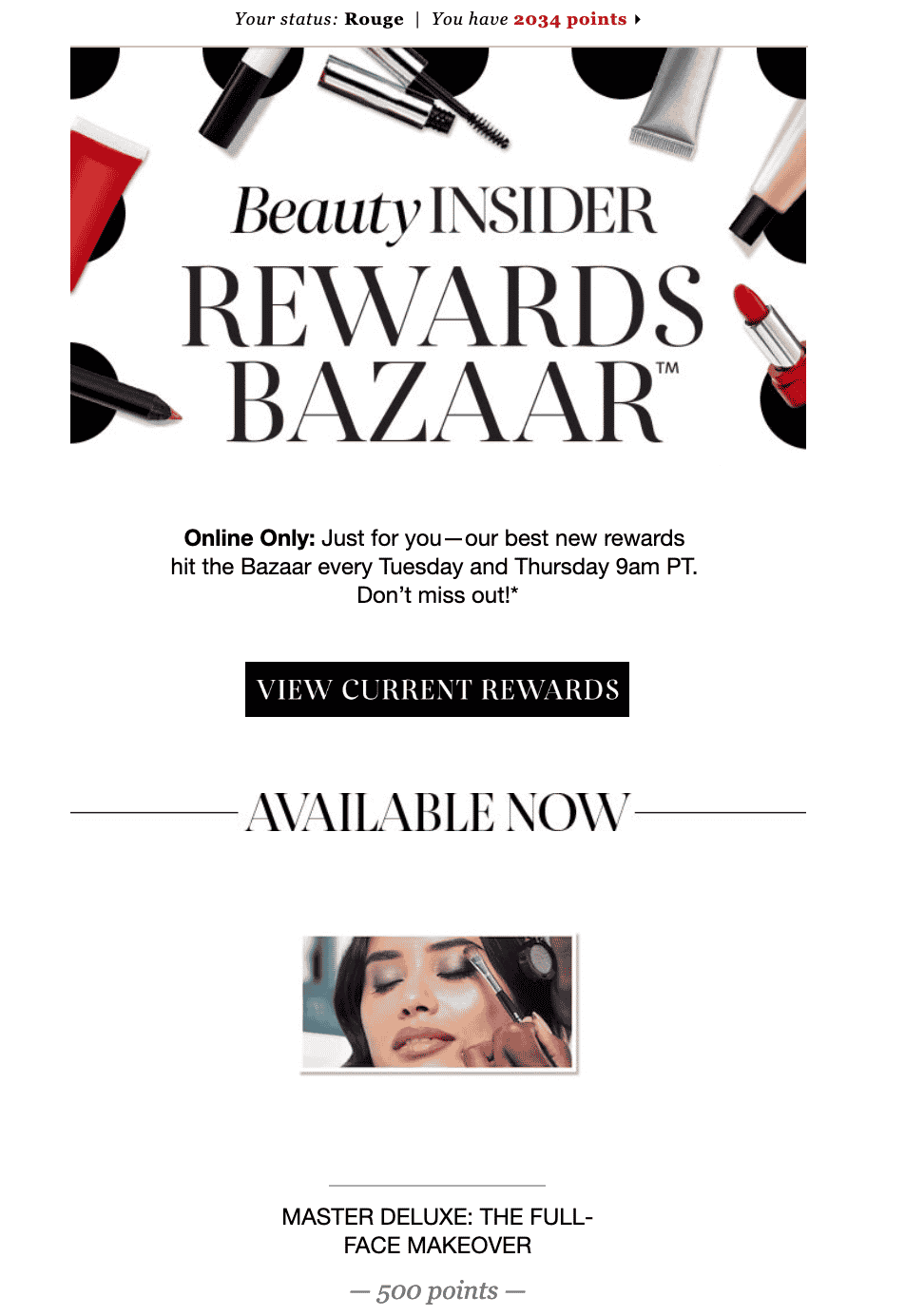
Custom Triggers: Ready for the Full Size?
Every brand has their own unique attributes and more importantly, customers. That’s why it’s important for retailers to create custom triggers specific to their brand. In Sephora’s case, shoppers get a lot of free samples.
Similar to the replenishment emails, these messages encourage shoppers to buy after they try. They’re short, sweet, personalized emails that include a picture to jog the customer’s memory. All in all, this custom trigger is well-done enough that we wouldn’t be surprised if it eventually led to a purchase… and eventually, a replenishment reminder.
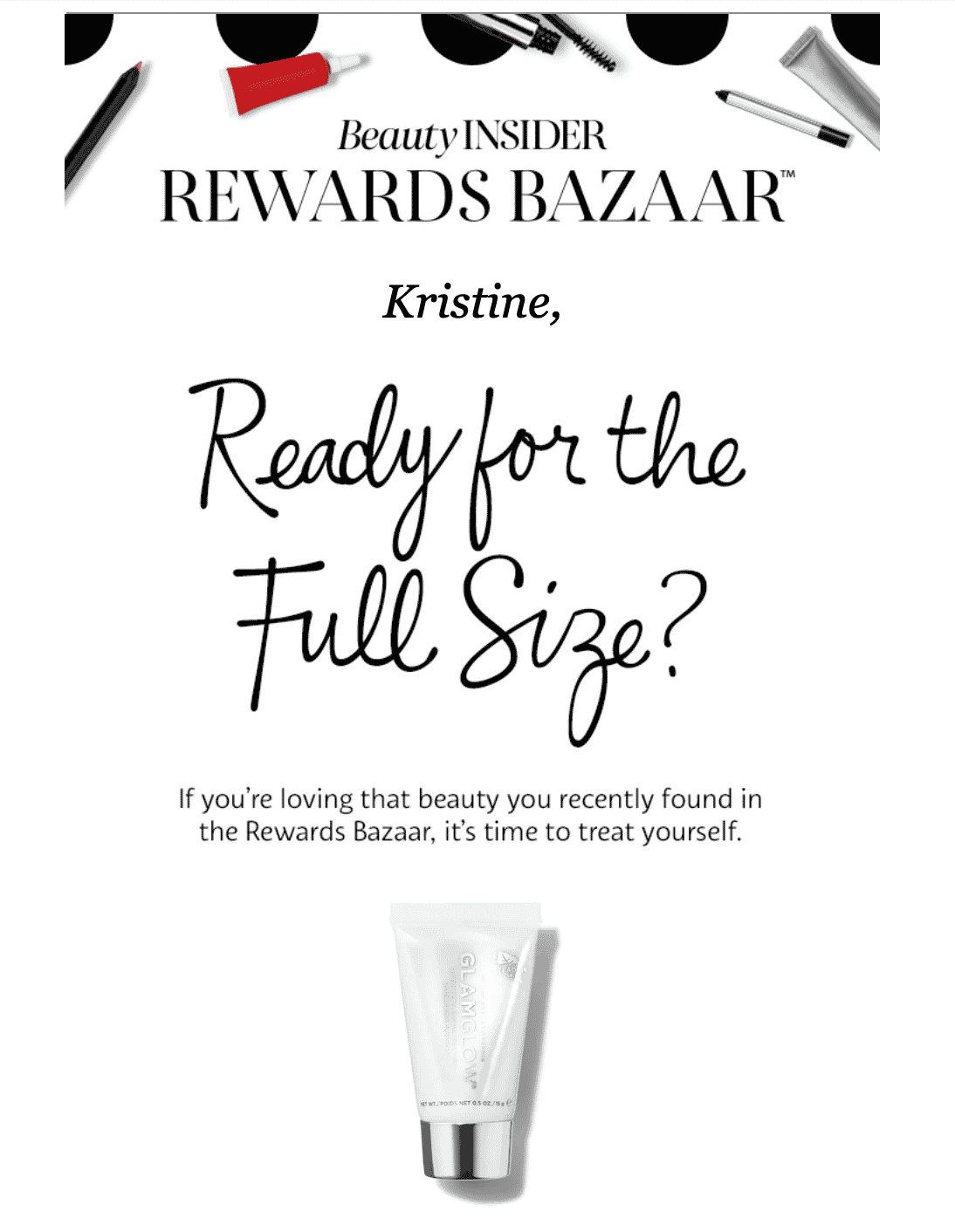
Learn more about all facets involved in the email marketing lifecycle by subscribing to the Sailthru blog!
The State of Brand Loyalty in the U.S. in 2023
Related

